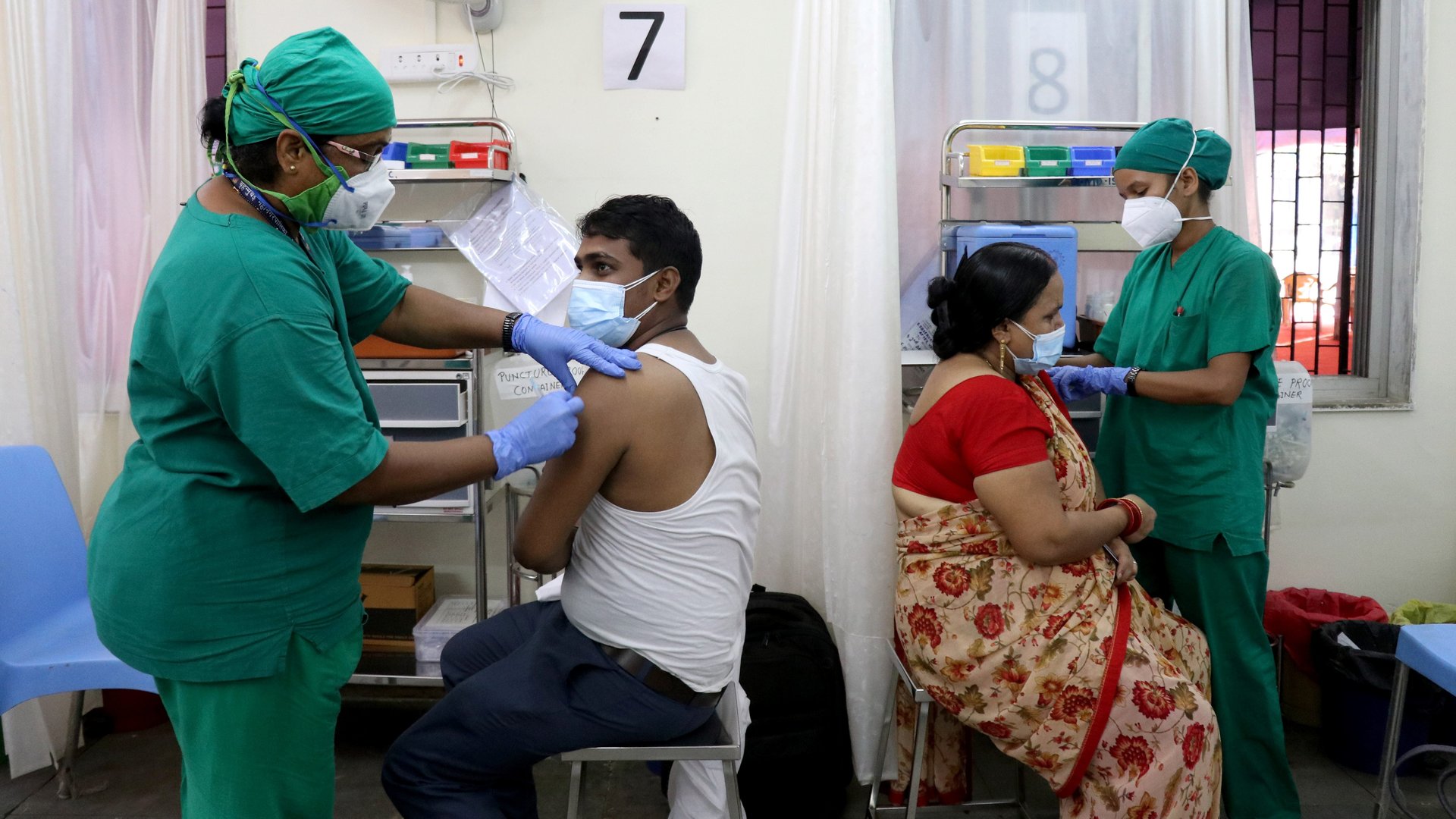India’s decentralised vaccine policy is a recipe for inequality
India’s messy vaccination strategy, unlike any other in the world, is now pitting its own states against each other.


India’s messy vaccination strategy, unlike any other in the world, is now pitting its own states against each other.
After the Narendra Modi government announced a “liberalised” policy on April 19, Indian states can now directly buy Covid-19 vaccines from manufacturers. In the face of an acute shortage of doses of Covisheild and Covaxin, the two India-made vaccines currently approved for emergency use, some state governments have now floated “global tenders” shots.
States like Maharashtra, Uttar Pradesh, Rajasthan, and Kerala are trying to directly buy vaccines from international vaccine makers, in the hope that these shots would be given a fast-tracked approval in India.
“Such global tenders generally exist for advanced treatment equipment, or even in the context of the pandemic, for oxygen concentrators. But this is not routinely done,” Anant Bhan, a bioethics and global-health researcher, told Quartz.
In the global vaccine market, India stands to lose the opportunity to bargain for the best prices possible. “Procurement works best when centralised, because greater volumes lead to better negotiating powers. This kind of procurement at a regional or provincial level is highly unusual,” Bhan said. In fact, vaccine procurement in some cases has also been done at a bloc level, such as for the European and African unions. India’s policy is the opposite of that.
Lost vaccine-policy lessons of the past
Not only for Covid-19, but such a policy is also unusual when one looks at India’s past vaccination strategy.
The country has a successful universal immunisation programme and has negotiated and bought vaccines in bulk as a nation. “The government has had the universal immunisation programme starting from the 1960s. This (centralised procurement) became a global priority from 1991-92 with the World Health Organization piloting it, particularly with the entry of the polio pulse programme,” K Sujatha Rao, former union health secretary and the author of Do We Care? India’s Health System, told The Hindu newspaper.
She cited the example of existing vaccines in India. “Hepatitis B used to cost Rs750 per dose in the open market, and when the government of India entered [the scene], it came down to less than Rs200 and crashed further to less than Rs100,” she said. “When you fragment the market and allow pharma companies to set the price, you are giving away all your advantages to them to make super profits.”
It also will exacerbate the unequal access to vaccines and healthcare in India, where each state, with the wherewithal to get the most vaccines, will be able to control the pandemic and its outcomes better than the others.
Multiple entities within India
Besides favouring vaccine makers, this policy also pits states against each other, competing based on their population and GDPs. Wealthier states like Maharashtra, for instance, would in theory be able to afford higher prices, thus possibly gaining preference in who gets the vaccines first.
The only way out of this policy is if the central government scraps it and takes charge of directly negotiating with vaccine makers. “It makes no sense to have states compete with each other when there is a global shortage of vaccines,” Bhan said.
If the government was to keep this policy, states could then find dynamic solutions to aid each other. “Potentially, states could look at joining forces while negotiating prices, and learn from each others’ experience on how best to vaccinate their populations,” he said.